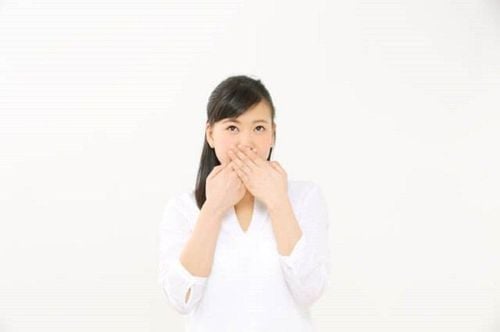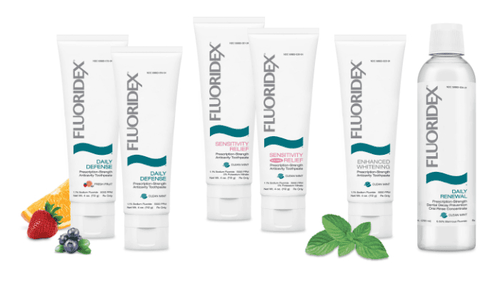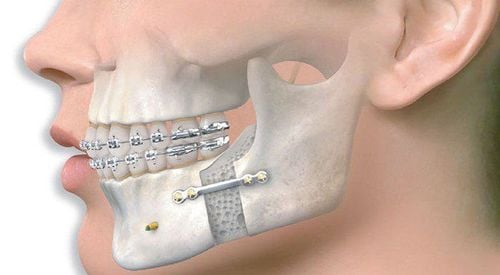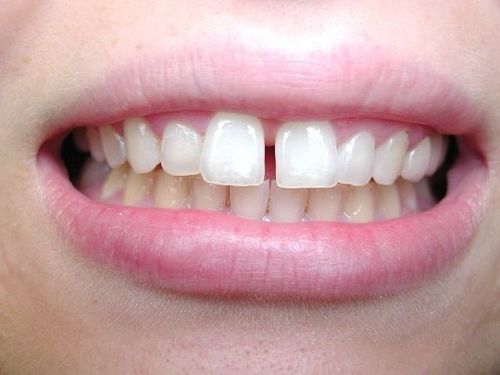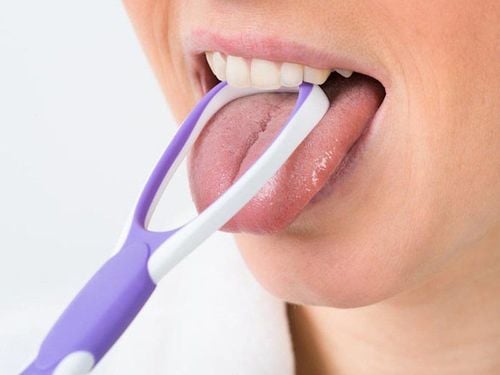This is an automatically translated article.
Root erosion in young children can still occur if oral hygiene is poor. Corrosion of baby teeth causes the outer enamel layer of baby teeth to become thinner and more susceptible to tooth decay. Fortunately, tooth decay in children can be reversed and enamel can be restored.
1. Causes of tooth decay in children
Baby teeth make it easier for young children to eat and speak. Baby teeth also help keep the permanent teeth in place, so it's important to take care of your child's teeth from the start. Although baby teeth will be replaced by permanent teeth, root erosion in young children can still occur if oral hygiene is poor. Corrosion of baby teeth causes the outer enamel layer of baby teeth to become thinner and more susceptible to tooth decay.
There are many causes of root erosion in children such as:
Poor oral hygiene. Improper brushing, infrequent and not flossing leads to plaque on the teeth that is not removed, creating conditions for bacteria to grow. Bacteria in the mouth use sugars from foods and drinks to produce acids, which damage and erode tooth enamel. Saliva helps repair these lesions, but over time, more damage than repair will leave a cavity in the tooth. Consuming too many acidic drinks (sodas and juices) and having acid reflux can also cause tooth erosion and tooth decay. Acid in beverages and acid from the stomach back up into the esophagus and mouth, which can slowly erode tooth enamel. Dry mouth. If a child's salivary glands don't produce enough saliva to help wash away plaque and bacteria in the mouth, more plaque and acid can develop in the mouth, increasing the risk of root erosion in young children and Caries . Lack of fluoride. Fluoride is a natural mineral that strengthens tooth enamel and prevents tooth decay and cavities. Children with fluoride deficiency are more susceptible to tooth decay. Using a bottle as a pacifier when your baby is fussy or dipping a pacifier in sugar or honey causes sugar to accumulate around the teeth, creating a favorable environment for bacteria in the mouth to multiply. Furthermore, less saliva is produced during sleep, and therefore does not protect teeth from corrosion.
2. Signs of tooth root erosion in young children
Root erosion in young children progresses over time and can be difficult to notice in the early stages without the right tools. That's why parents should take their baby to the dentist when the first tooth starts to erupt or come in. That way, parents can have a clear plan for how to take care of their child's new teeth and prevent them from corroding in the first place. The following are signs that suggest tooth decay in children.
A dull white band on the tooth surface close to the gum line - this is the first sign and often goes unnoticed by parents. When the dull white band turns yellow, brown or black on the tooth surface closest to the gum line - this indicates the progression of root erosion and caries. Toothache Teeth increased sensitivity to heat or cold Have an unpleasant taste in the mouth or bad breath Swollen gums
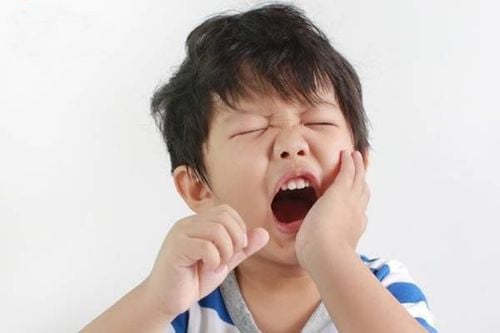
Ăn mòn chân răng ở trẻ nhỏ khiến trẻ cảm thấy đau răng
3. Measures to prevent and overcome tooth root erosion in young children
3.1. Measures to prevent root erosion in children Fortunately, root erosion in children can be reversed and enamel can be restored, most notably through fluoride.
Preventive measures to prevent tooth decay in young children include:
Do not give your baby a bottle at bedtime Remove the nipple and bottle from the baby's mouth when the baby is asleep. Make sure the pacifier is clean and not laced with sugar or honey. After feeding, wipe your baby's gums with a damp cloth or gauze pad. Never put sweetened drinks in a baby's bottle. Start teaching your baby to drink from a cup at about six months of age. For children over 12 months, water is the main drink. Full-fat milk is also a healthy beverage choice. Children can drink low-fat milk from the age of two. Limit soft drinks and prepackaged fruit juices because of their high sugar content and acidity. Start cleaning your baby's teeth as soon as the first tooth comes in. Use a wet washcloth or a child's toothbrush with water. When your child is between 18 months and six years old, brush gently with a child-sized brush and a grain-sized amount of fluoride toothpaste. By the age of six, children can use a pea-sized amount of standard fluoride toothpaste. Brush and brush along the gum line at least twice a day in the morning and at night before bed and floss daily. It is recommended that children have a dental check-up before the age of two. See your dentist twice a year to detect early signs of tooth decay and get a professional cleaning. If a child has tooth decay, depending on the severity, there is an appropriate treatment.
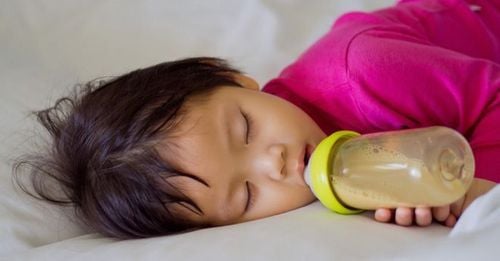
Không nên cho trẻ ngậm bình sữa khi ngủ giúp ăn mòn chân răng ở trẻ
3.2. Treatments for root erosion in children The treatment for root erosion in children depends on the severity of the erosion. In mild cases, the dentist may recommend fluoride treatments such as fluoride toothpaste, in-office treatment may include silver diamine fluoride (SDF), enamel remineralization and dentin , or mouthwash. In severe cases, children with tooth decay can remove the decayed parts of the tooth and make a filling or crown to fill the hole in the tooth. For fillings, dentists use tooth-colored composite resins or amalgam fillings such as mercury, silver, or another metal. With crowns, the dentist will place a dental cap over the decayed tooth.
Please dial HOTLINE for more information or register for an appointment HERE. Download MyVinmec app to make appointments faster and to manage your bookings easily.
References: colgate.com, healthline.com, betterhealth.vic.gov.au





